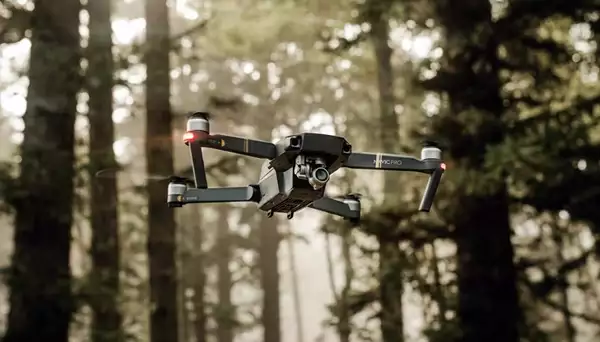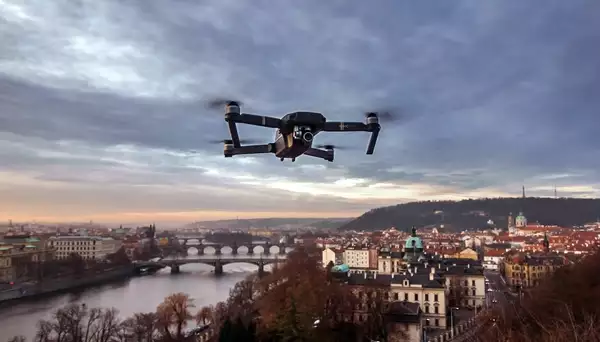Unmanned aerial vehicles - (MEA) (English: unmanned aerial vehicle - UAV, Unmanned Aerial System - UAS or Remotely Piloted Aircraft System - RPAS) or drones (pronounced: drons, the Greek form dronos has been proposed) are all kinds of flying vehicles that they do not have a pilot in their fuselage, but fly either autonomously or by remote control.

The above designations refer to the definitions given from time to time to describe these vehicles. The term UAV only describes unmanned aircraft. The term UAS includes all the devices, personnel and procedures used in order for the unmanned aircraft to be considered as an integrated system.

Finally, the term RPAS was established in accordance with current legislation and the need for all unmanned aircraft flights to have at least one supervising pilot on the ground. Unmanned aerial vehicles usually take the form of a small airplane or helicopter with one or more engines and propellers tuned for fully controlled flight by a special program or ground controller.
Types of unmanned aerial vehicles
Drones fall into two main categories:
- With fixed wings, like airplanes
- With propellers, like helicopters.
To specify the number of engines or propellers the term multicopter or multirotor is used. So helicopters are divided into quadcopters (with 4 propellers), hexacopters, octacopters, etc.
Use of the term "drone"
Michael Toscano, president of the Association for Unmanned Vehicle Systems International, explains about the term "drone" and the non-use of this term for peaceful purposes. In the video by Michael Toscano and Missy Cummings, Associate Professor of Aeronautics and Astronautics at MIT, they refer to the use of the term, as well as the transportation of commercial goods, as they will take shape in the next 10-15 years. For the latter, major international transport companies such as Fedex and UPS have shown interest.
Source: wikipedia

